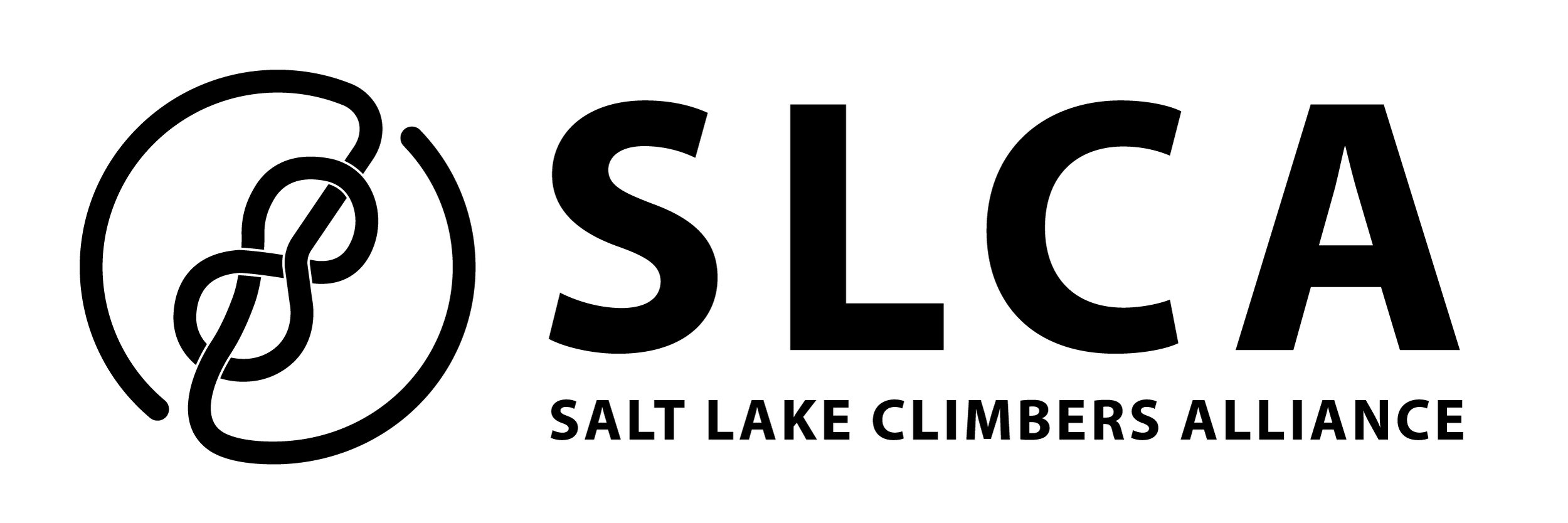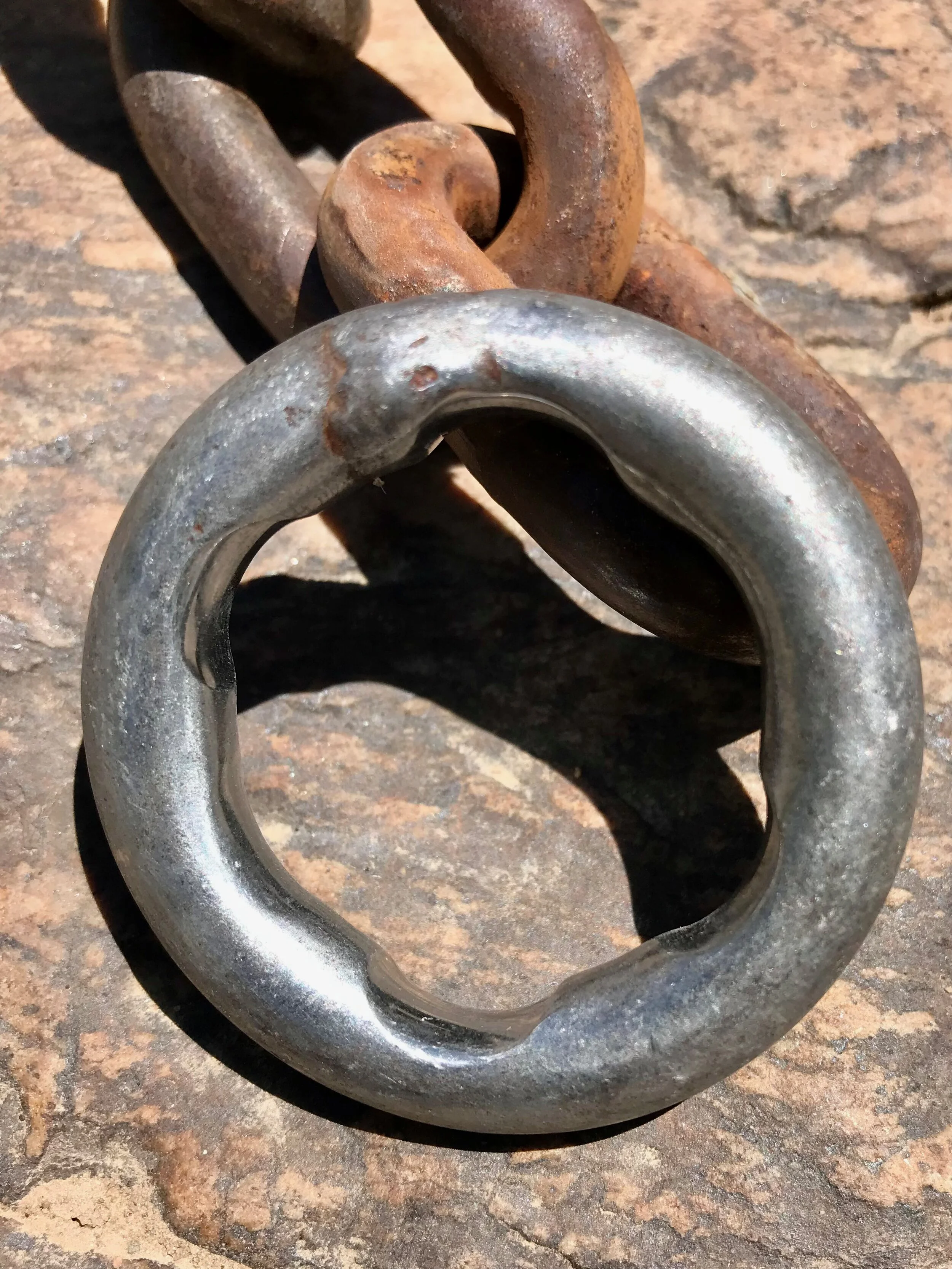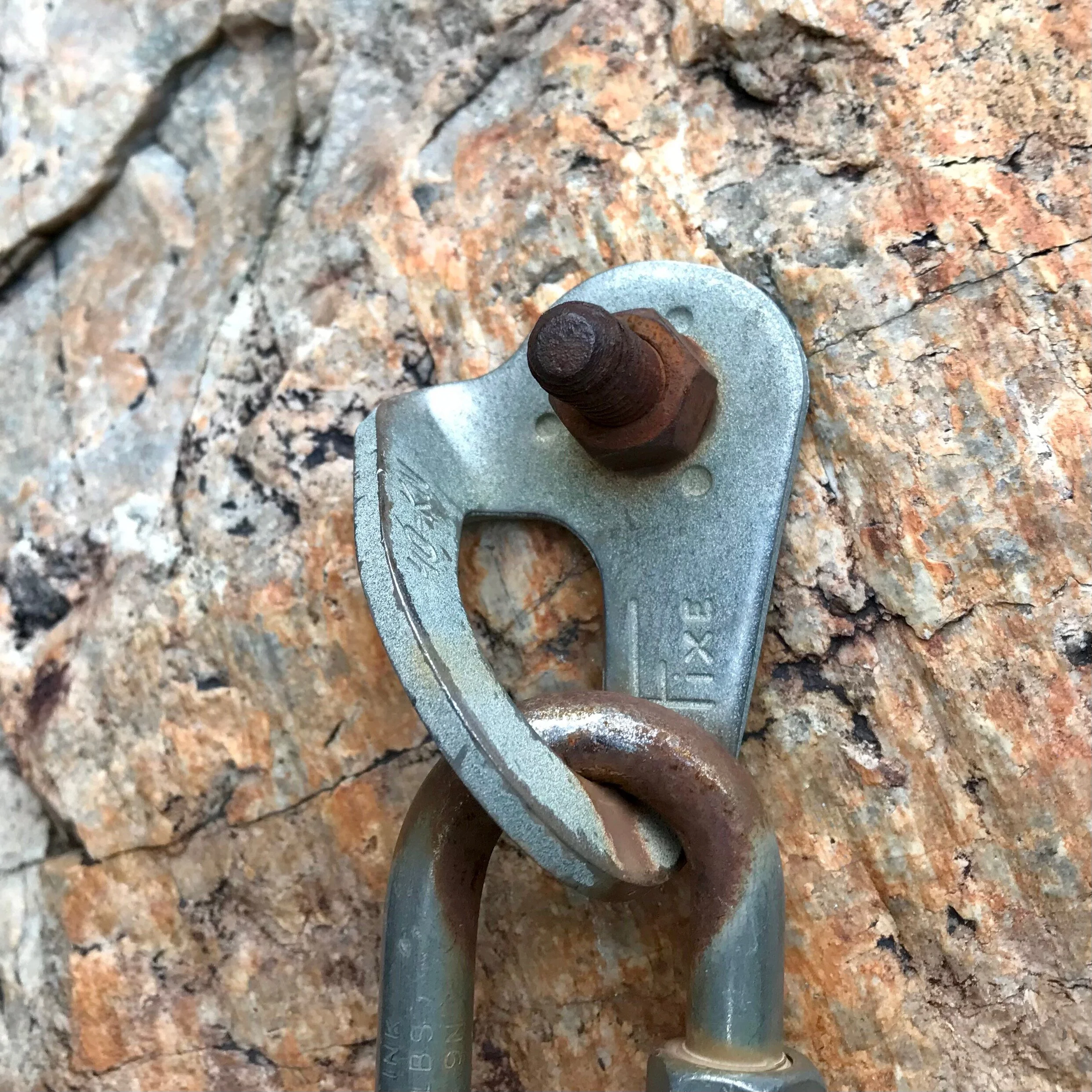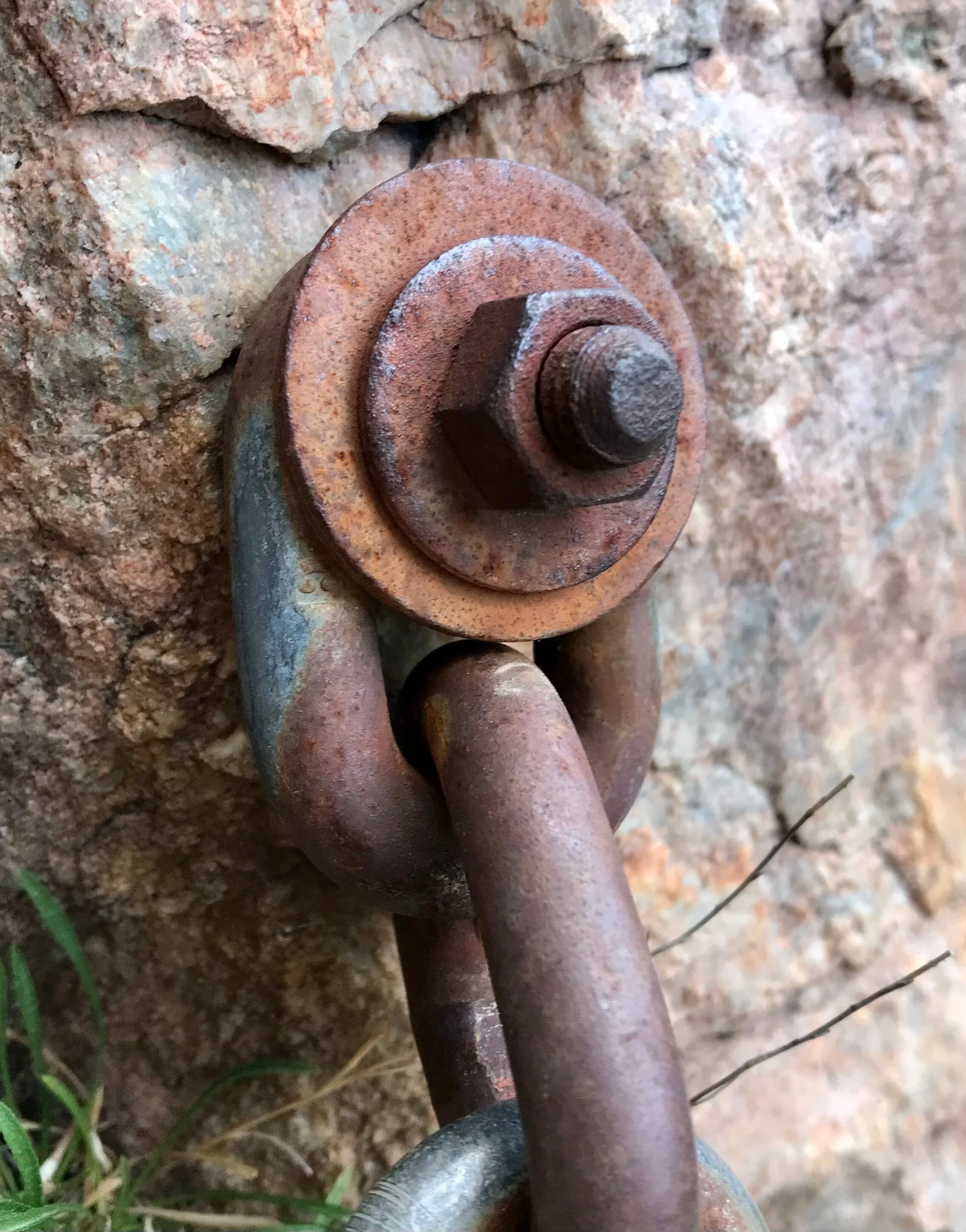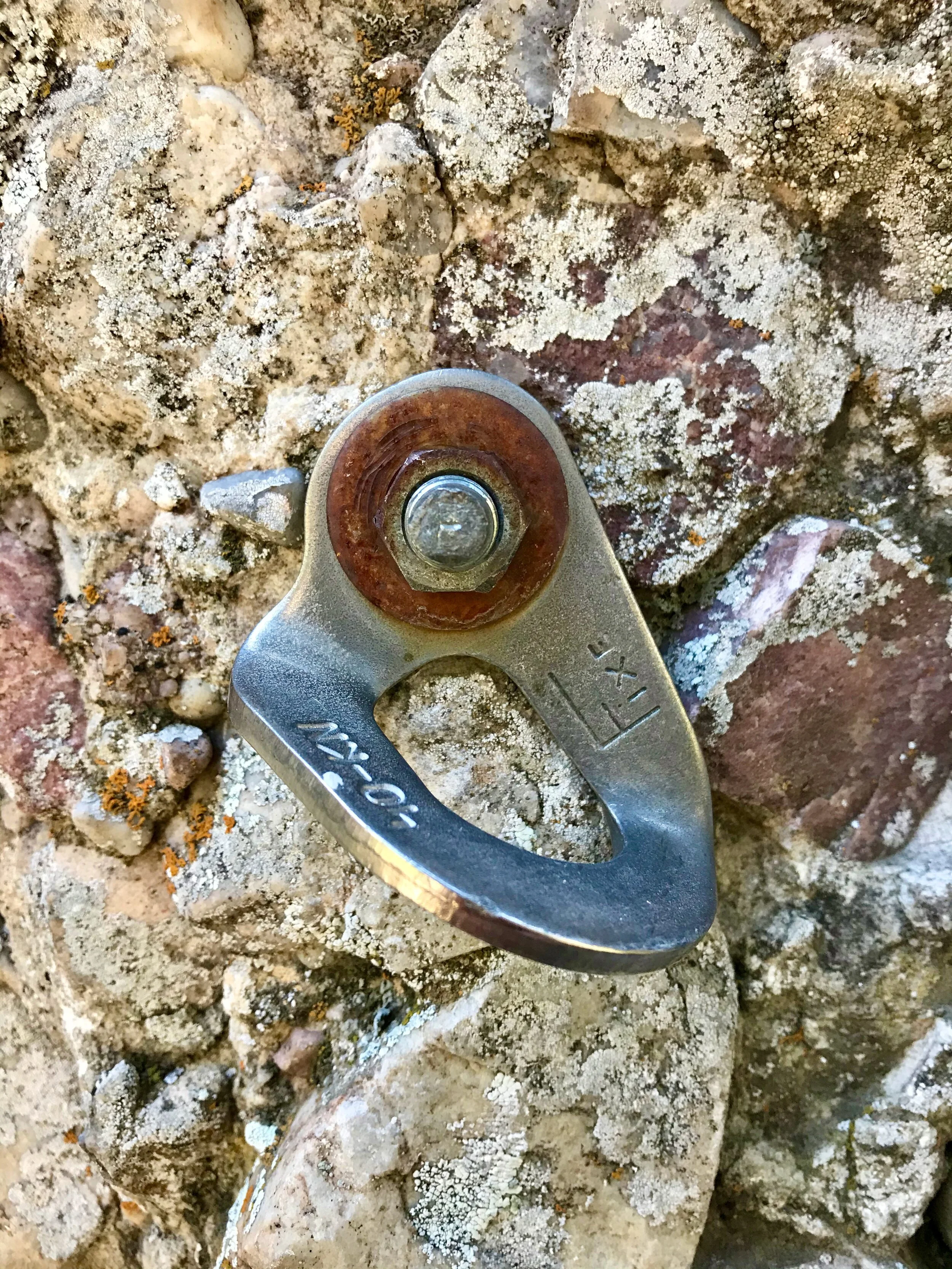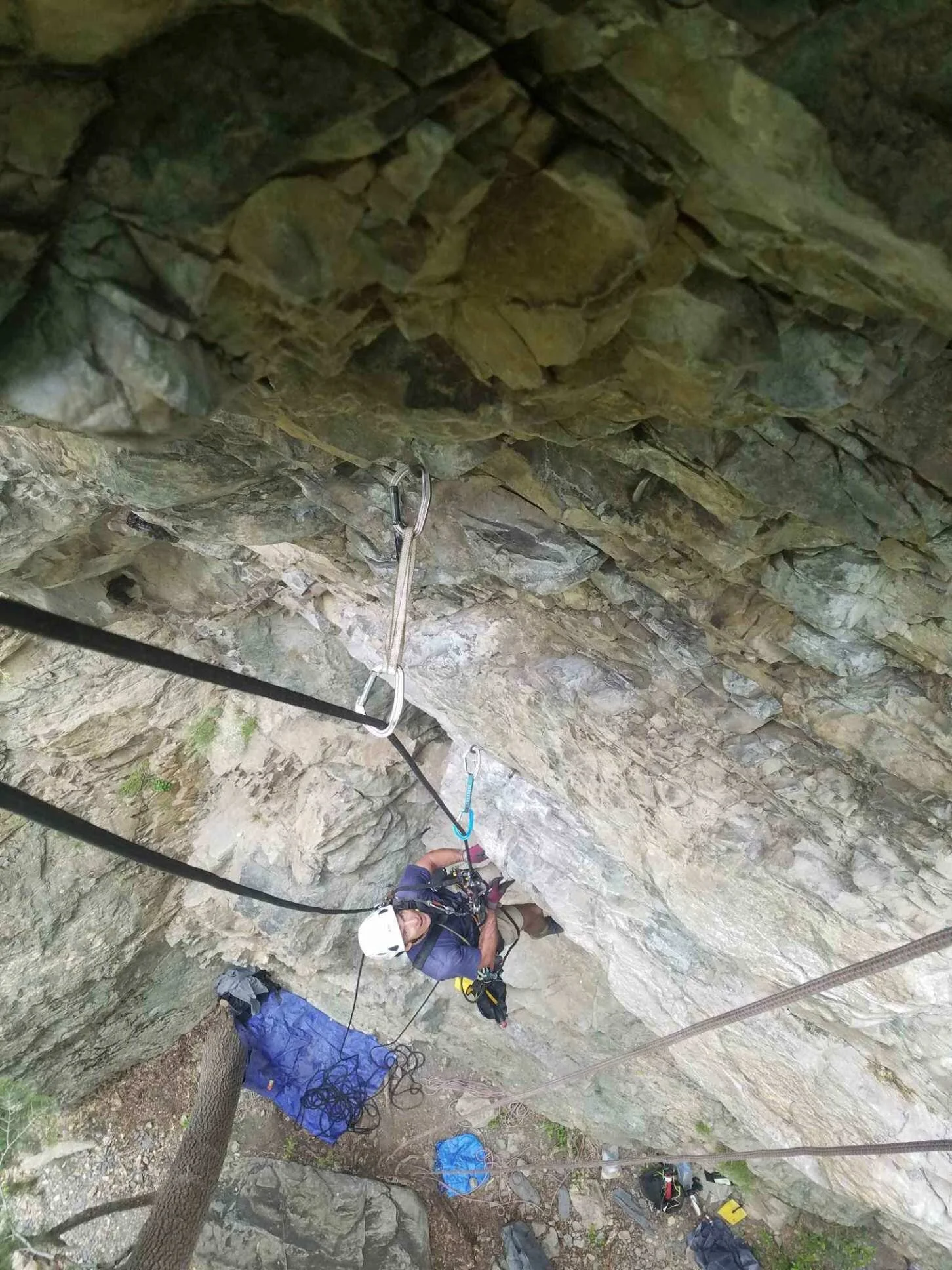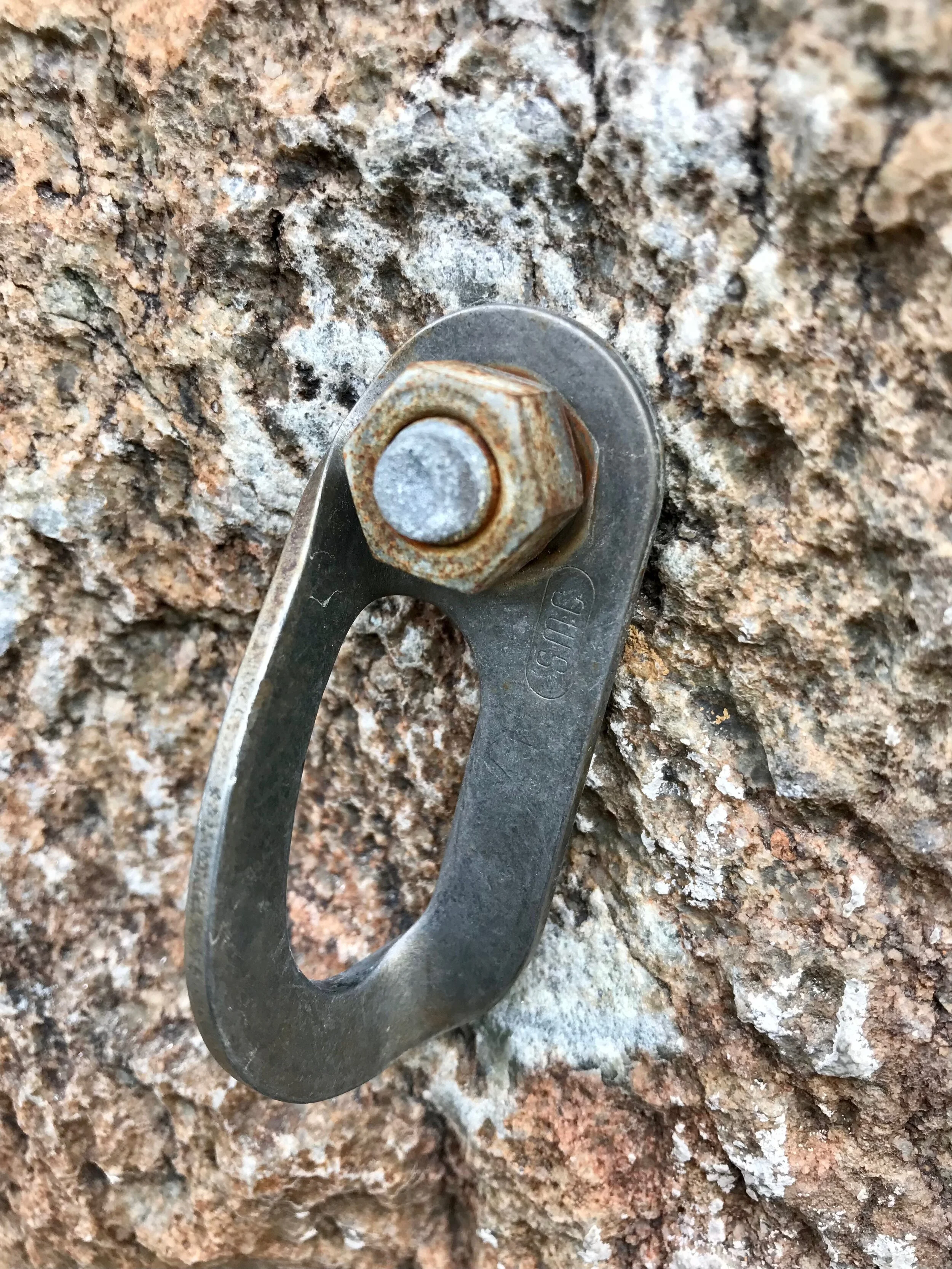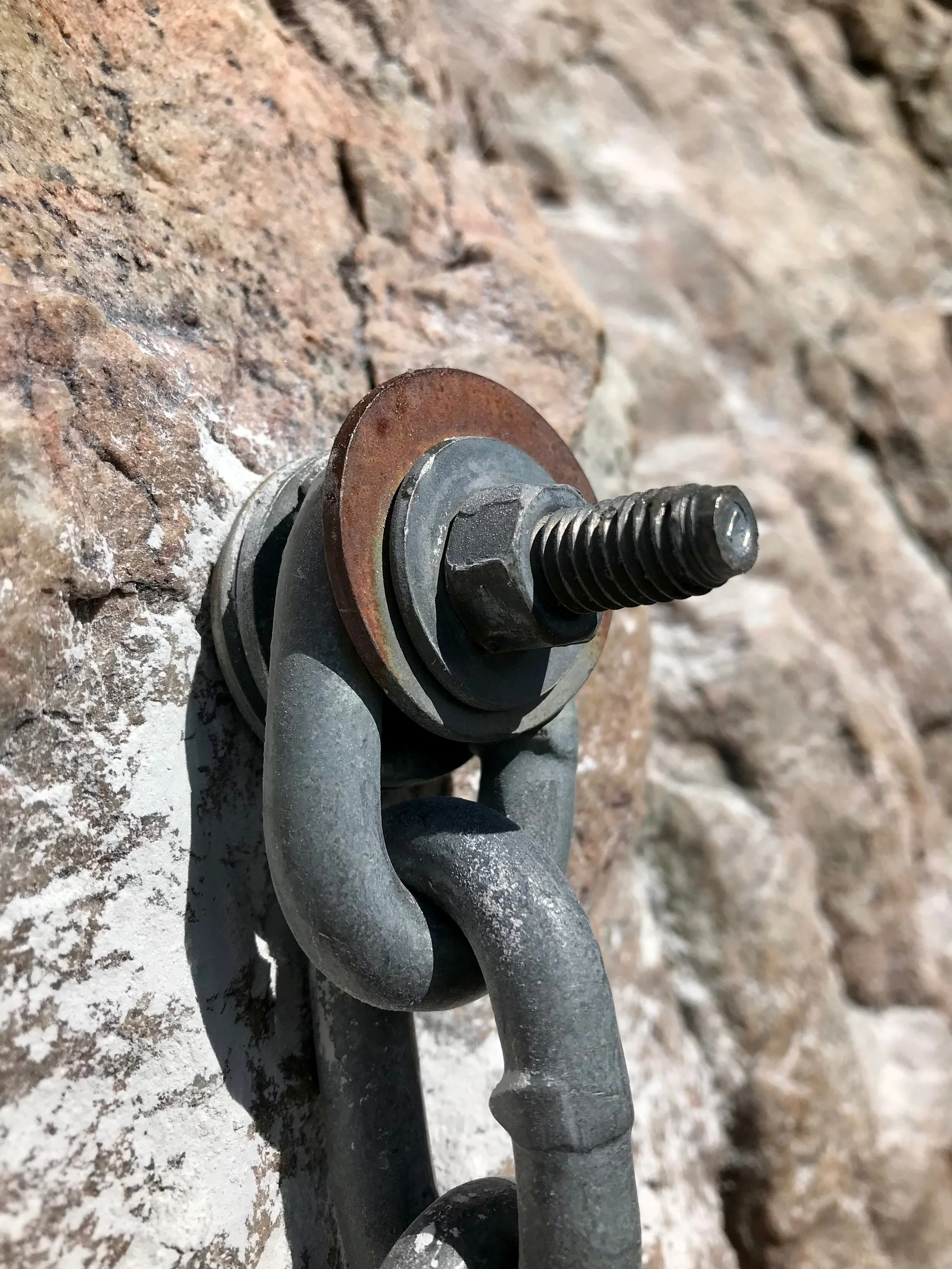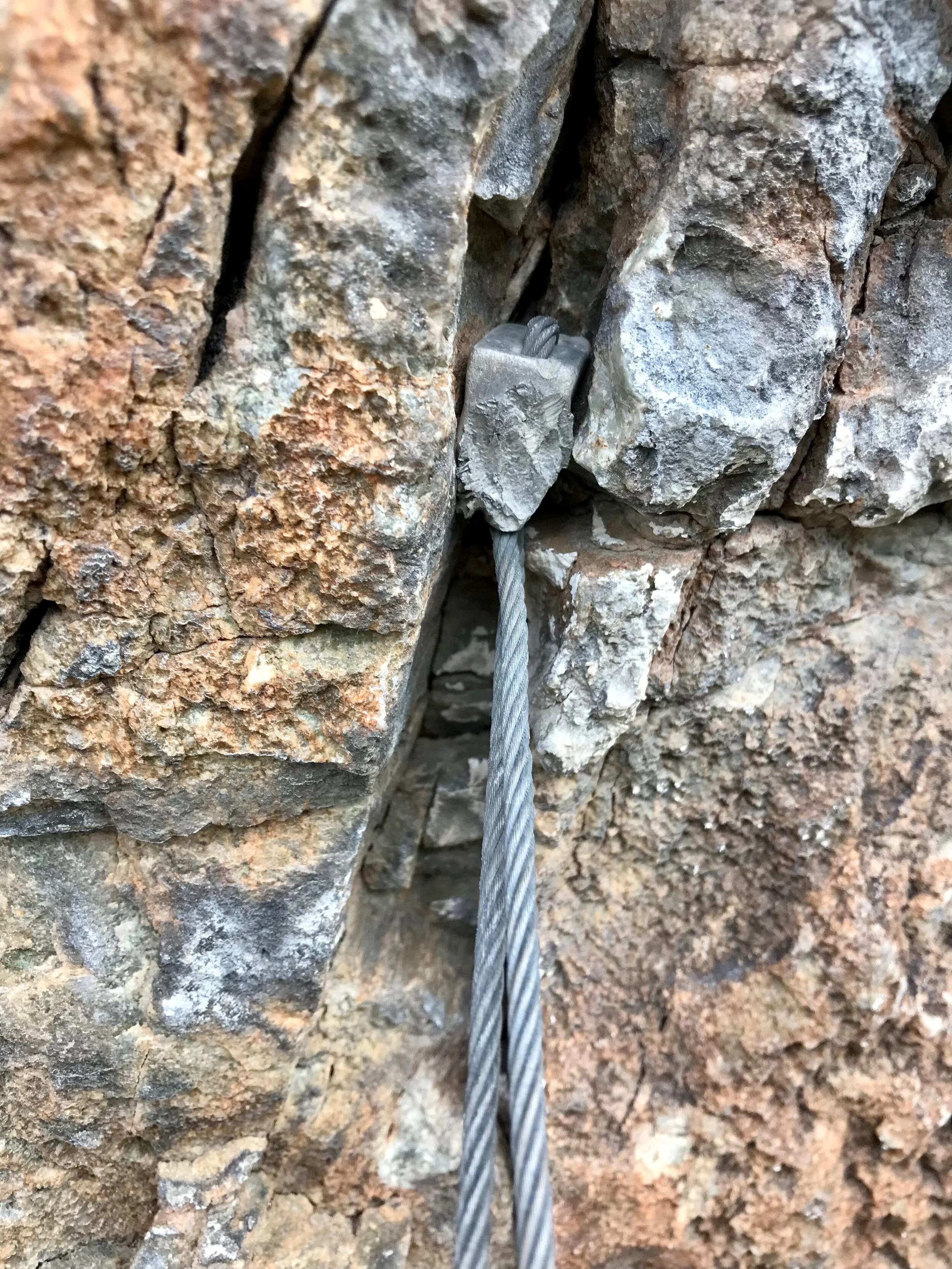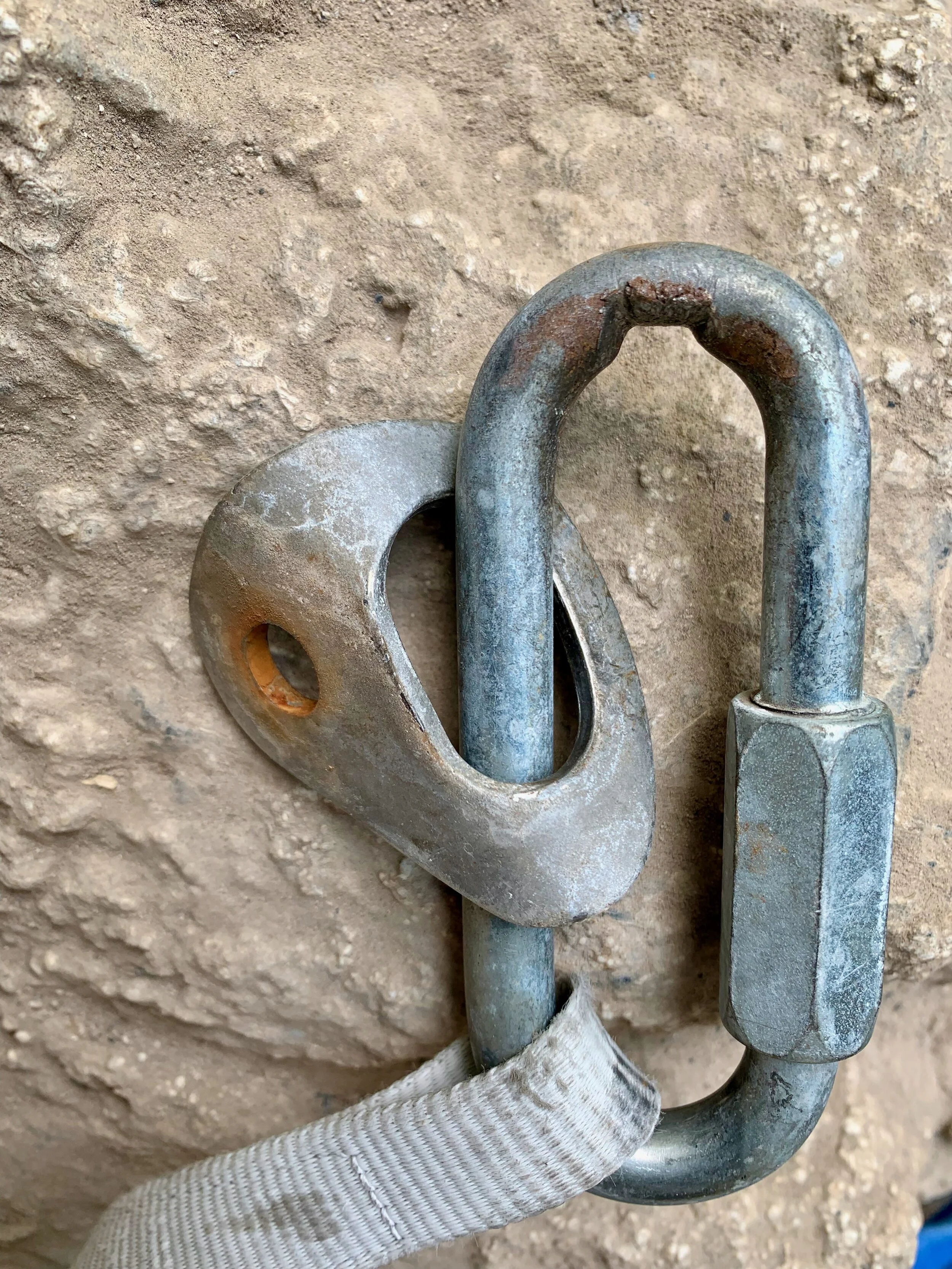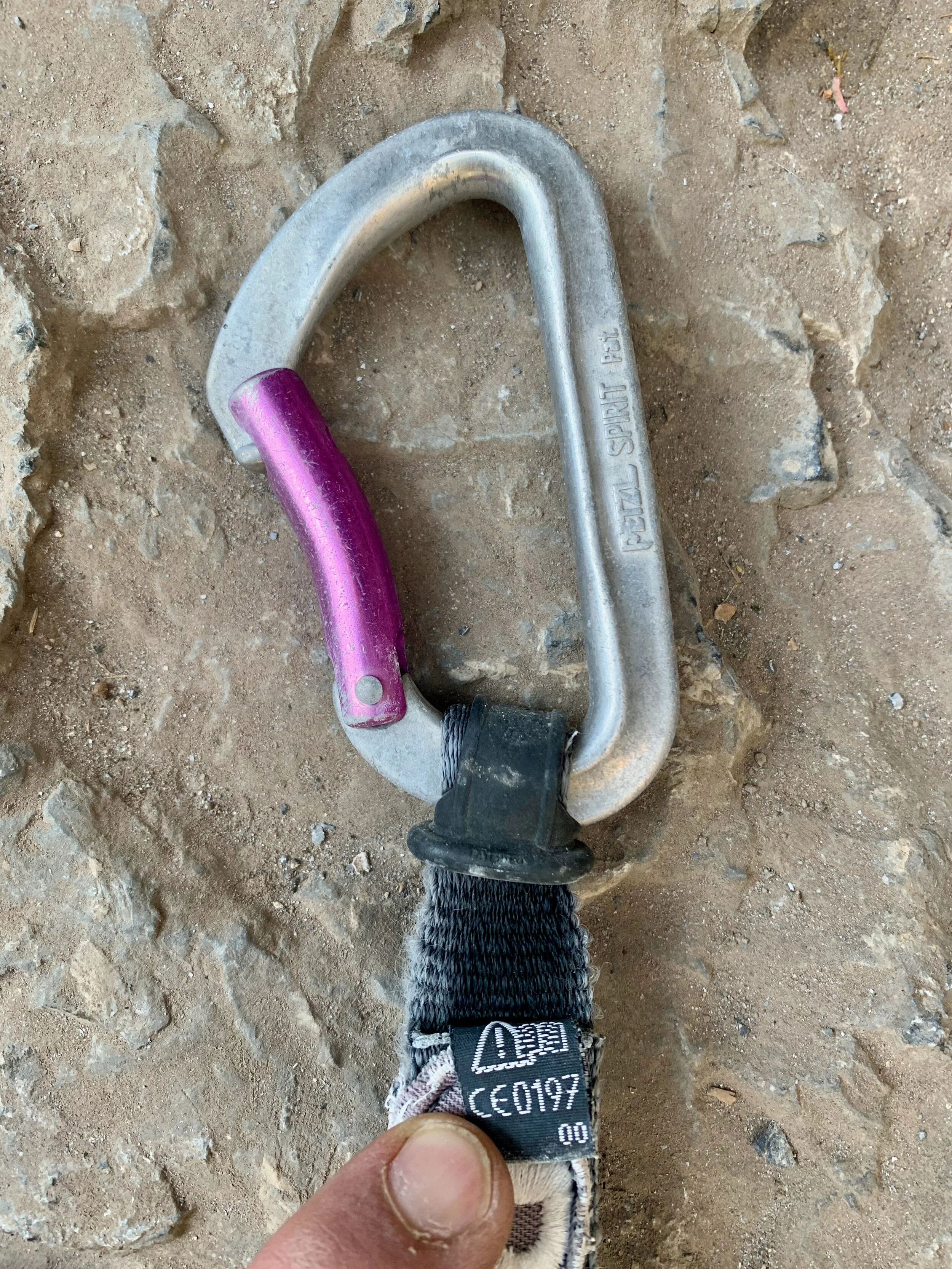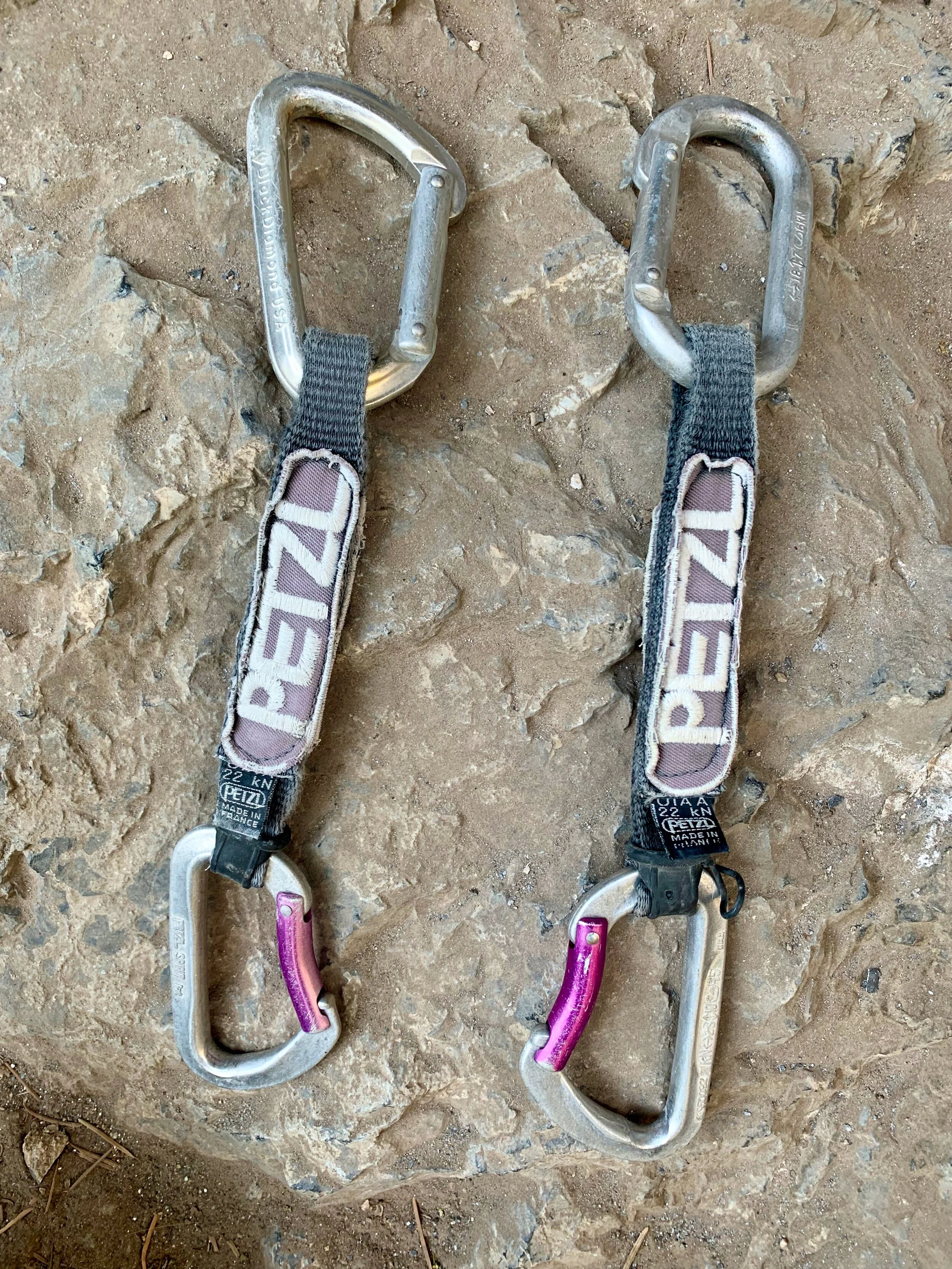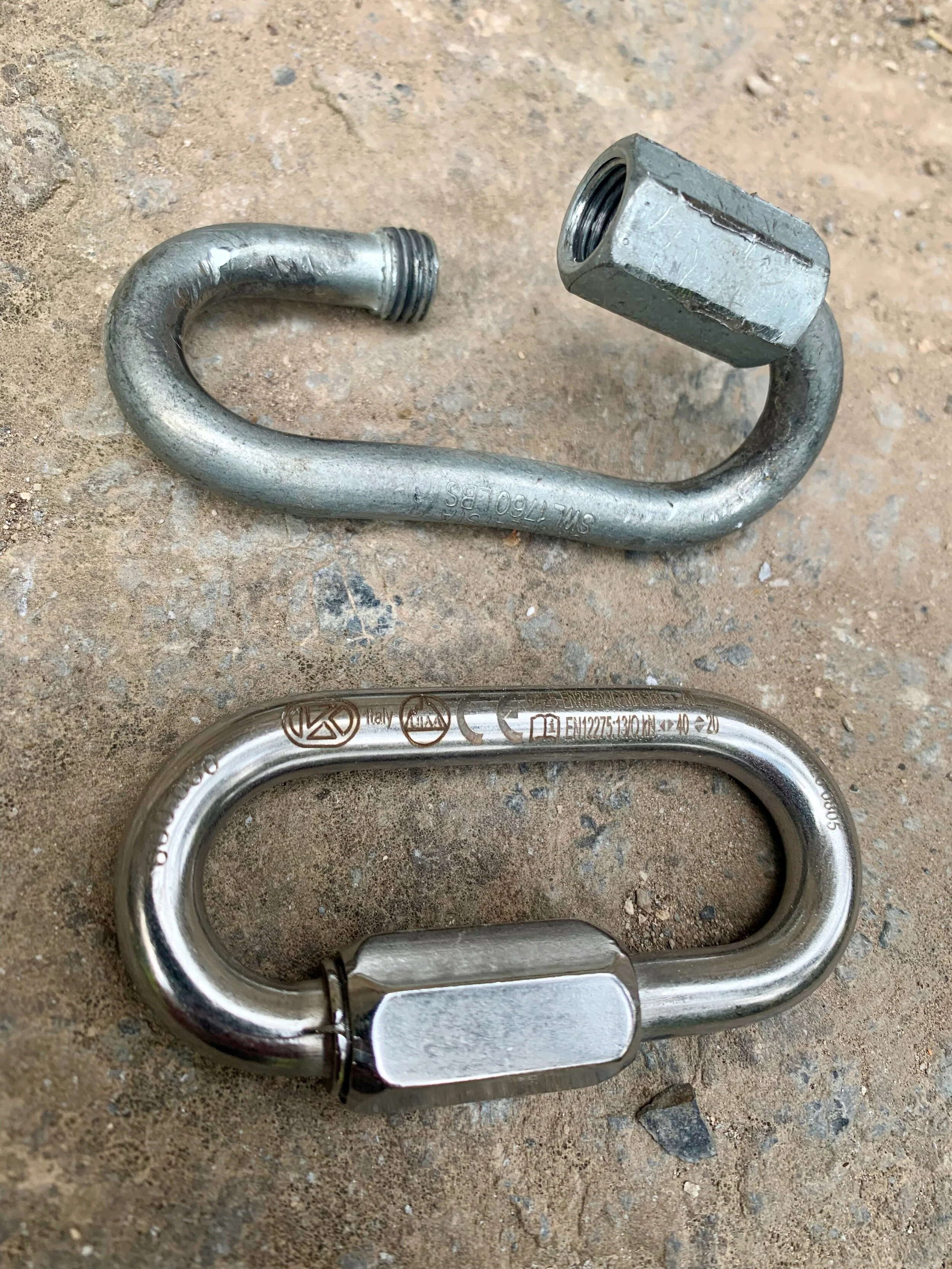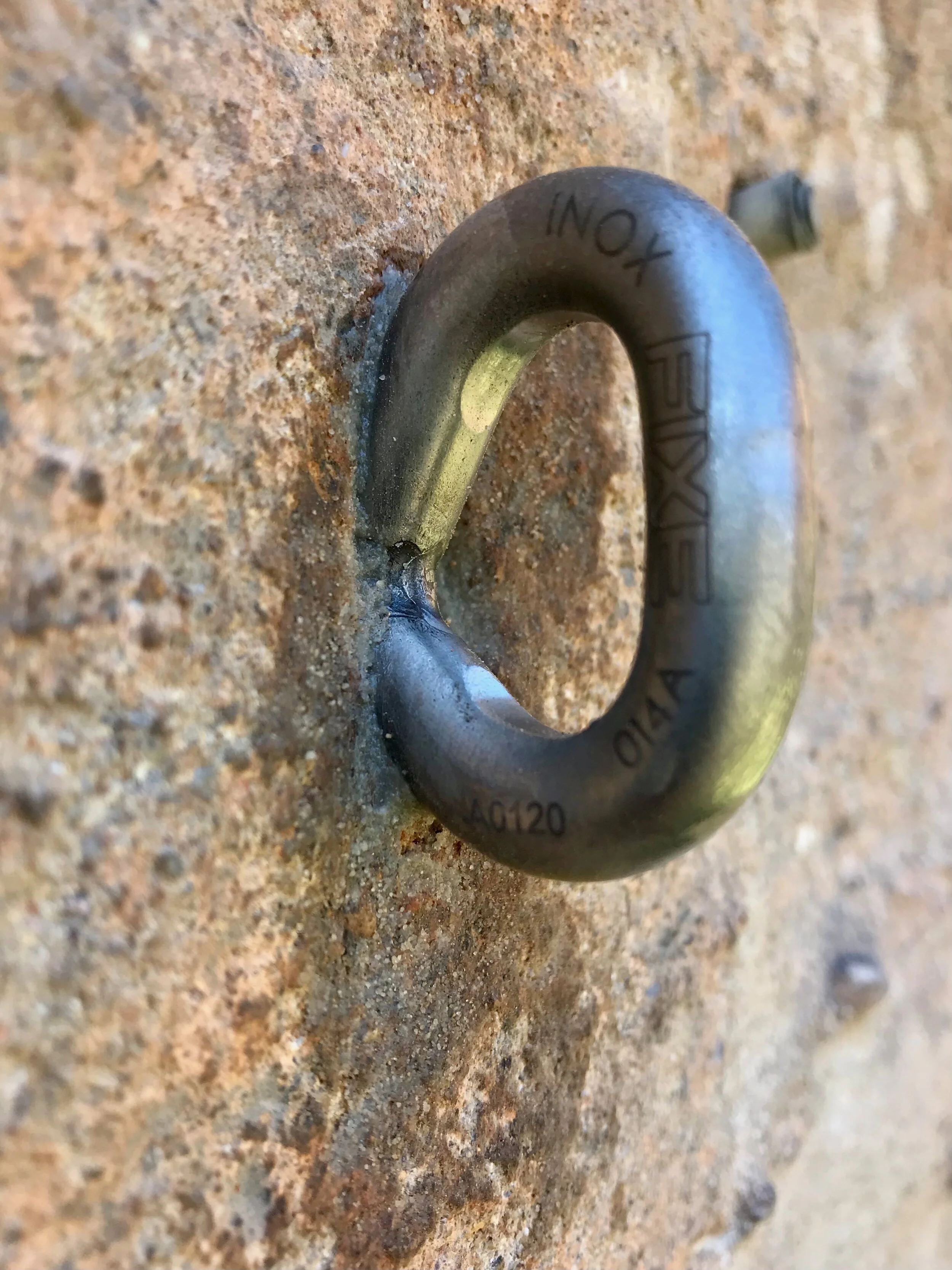Mid-summer Climbing Anchor Maintenance Report 2021
Help the SLCA focus and prioritize our route maintenance efforts by reporting anchor observations using our Anchor Observation Condition Form and please donate to this effort.
Mid-summer Climbing Anchor Maintenance Report 2021
July 25, 2021
Climbing has primary and fundamental hazards. The use of any previously installed or ‘fixed’ anchors or equipment to protect climbers has inherent risks that cannot be removed, and are assumed entirely by the user.
OVERVIEW
After completing this year’s maintenance week at the Hellgate Cliffs in Little Cottonwood, in July the SLCA shifted anchor maintenance efforts to local climbing resources on National Forest land in Big Cottonwood Canyon and American Fork Canyon.
Unlike the privately managed property at Hellgate and Gate Buttress in Little Cottonwood Canyon, these efforts require additional administrative work to secure formal authorization to work on the Uinta Wasatch Cache National Forest. Without a formal Climbing Management Plan in place on the UWC Forest, the SLCA has become the primary stakeholder and operator in the sanctioned stewardship of the climbing resources. A fundamental reason the SLCA’s professional anchor maintenance program was established is to qualify for longer-term authorization for the on-going stewardship and maintenance of climbing resources on National Forest lands. This program satisfies the land manager’s concerns about ensuring worker safety; (employees are covered by labor & industry insurance) and there are processes for quality assurance in the training and operations. So with authorization from the USFS for the SLCA’s proposed 2021 projects finally in-hand, the crew steered efforts to the (non-wilderness only) high use areas in Big Cottonwood Canyon and American Fork Canyon.
In Big Cottonwood, route maintenance efforts were performed on the top-anchors at Dogwood Crag, on several of Challenge Buttress’s most popular routes that had not been maintained recently, on the Aqueduct Crag, and on the remaining (unmaintained) routes at the south end of the Slips.
While the authorization to use power drills in wilderness is still pending approval in American Fork Canyon (read more about that effort here), our efforts were focused in non-wilderness areas at the Bingo Baby Buttress. Through local climbers and the anchor observation form data that has been publicly sourced, the SLCA received several reports of poor anchors and fixed hardware at Bingo Baby. As a popular, north facing and shaded sport climbing crag, it became the primary objective for this year’s route maintenance week in American Fork Canyon. From July 12-16, route maintenance efforts were performed, including the replacement of all anchors on the main wall, updated anchor hardware, and the removal of any fixed hardware that was unfit for use.
CONDITIONS / OBSERVATIONS
In Big Cottonwood Canyon, some previous SLCA volunteer efforts had taken place at Dogwood Crag, and the top-anchors were adequate, but were a mix of improvised hardware and materials.
As perhaps the most popular novice crag in the Wasatch, efforts at Dogwood focused on cleaning up and updating the top anchors and replacing the hardware with stainless steel assemblies with new rings that can be used and replaced when worn.
As perhaps the most popular moderate sport crag in the Wasatch, efforts at Challenge Buttress focused on some of the more popular routes that had not yet been updated or maintained in previous volunteer efforts, and the cleaning up and maintenance of the heavily used top-anchors and hardware assemblies.
Many of the anchors there that had not been replaced or updated, and have stainless steel hangers installed on older carbon steel bolts and washers, which are prone to corrosion and rusting where the mixed metals meet.
At the Salt Lake Slips, a rare rainy day effort took care of the remaining two unmaintained routes on the south end by the creek with known bad bolts, and some popular and worn top-anchors on the main wall.
Mike Kaserman replacing loose bolts on Witchhunt.
Across from Dogwood, the Aqueduct Crag is a sunny and accessible crag with either lead or top-rope access, but to date only the top anchors had been updated on a few of the routes on the southeast side. Some otherwise good routes on the southwest side had uninspiring fixed gear, corroded hangers and rusty stacked washers on chains for top anchors. With updated hardware, this crag now offers a more usable experience, especially in sunny but cooler weather.
At Bingo Baby Buttress in American Fork Canyon, with the ‘project’ style of sport climbing there, efforts were focused on a more comprehensive replacement effort to address the many reported loose and corroded bolts reported, as well as the removal of a mix of aging and improvised fixed hardware and slings. Any reusable hardware, cable slings and connectors were left on site, but most of the worn and aged hardware was discarded.
Chemicals in limestone, mixed metals and wet seeps tend to especially corrode the roof bolts in American Fork Canyon.
Most of the screw-links at Bingo Baby had been there a while and showed a surprising amount of physical wear and rust from the hangers.
The SLCA and Best Practices suggest only using screw-links on fixed cable draws, as they should last a while and withstand longer-term use.
Regular carabiners are suggested for textile slings, so they can be easily replaced by climbers as needed.
The biggest surprise at Bingo Baby was the age and condition of the fixed textile draws, with these 21 year old Petzl logo quickdraws (made in 2000!) taking the cake for oldest draw at the crag. (The manufacturers’ specified lifespan for textiles is a maximum of ten years...subject to inspection.)
Another notable aspect of the anchor and fixed hardware at Bingo Baby were numerous older ‘hardware grade’ screw-links of suspiciously soft metal that would bend and twist easily while unscrewing. These were replaced with brand new EN rated and CE verified Kong stainless steel screw links from Liberty Mountain and installed along with new, stainless steel chain, threadable by rope and compatible with screw-links, rings or steel ‘lower-off’ carabiners if climbers who are projecting these routes choose to use them there.
WORK REPORT
The SLCA chooses different types of corrosion resistant mechanical sleeve and adhesive anchors, depending on the rock type, setting, accessibility, and established climbing style at that specific crag. For these venues, the SLCA chose Fixe stainless steel 10mm x 90mm eye bolts as replacement anchors. Installed with carefully handled, insulated and monitored Dewalt AC100+ 2-part adhesive, and with no inherent mechanical stress from installation, these anchors present a clean, durable, corrosion and tamper-resistant long-term anchor solution for sport climbing and top anchors that should last indefinitely. The Climb-Tech Wave bolts remain the SLCA’s favored choice for overhead and very steep applications, where the compression fit helps hold them in place while curing, but the Fixe eye bolts have also become a crew favorite among the SLCA anchor techs. They meet the EN 959 standard for climbing anchors, have a strength rating of 35kN (way beyond normal climbing forces), and can be installed within a slight notch for an even lower profile and more resistance to torsional twisting. The round radius is easy on carabiners and screw-links, and can be threaded to retreat without leaving hardware. On top anchors, ‘modular’ stainless steel screw-links and chains are used for extensions and to protect the bolts themselves from wear, and those can be replaced as needed.
SUMMARY & COST
In Big Cottonwood, over the week of June 21-25, 74 adhesive bolts were replaced and 16 top-anchor hardware assemblies were installed over 137 worker hours. Final project cost was $4,639, or $63/ installed bolt.
At American Fork Canyon’s Bingo Baby Buttress, over the week of July 12-16, 128 adhesive bolts were replaced and 16 top anchor hardware assemblies were installed over 135 worker hours. Final project cost was $5,183, or $41/ installed bolt.
SUPPORT
The SLCA’s Anchor Maintenance Program is supported by:
Utah Recreational Trails Program Grant, Utah Office of Outdoor Recreation, Central Wasatch Commission, San Pete County, The Church of Jesus Christ of Latter-day Saints, United States Forest Service, Utah Department of Wildlife Resources, Alta and Snowbird Ski Resorts, Black Diamond, The Front, Liberty Mountain, Petzl, Backcountry, Blue Ice, Momentum, Gnarly Nutrition, The Gear Room, Utah Mountain Adventures...and donors like you!
NEXT PROJECTS
In August, the SLCA will be directing efforts to Anchor Maintenance up in the Uintas at Ruth Lake and Stone Garden, with a focus this year on cleaning up and updating top anchors and hardware assemblies for the intensity of use those areas get, especially in the summer.
A fall route maintenance project in Maple Canyon’s Pipeline and Schoolroom/Road Kill areas remains on agenda too.
Help the SLCA focus and prioritize our route maintenance efforts by reporting anchor observations using our Anchor Observation Condition Form and please donate to this effort.
Rock climbing is an inherently dangerous activity and we encourage anyone who participates to obtain the appropriate education and training in order to minimize accidents. We also encourage participants to consult resources including but not limited to guiding outfitters, SAR, Utah Avalanche Center, ranger stations, and weather reports. Nevertheless and although tragic, accidents can happen even when the participants have the proper training and have consulted authorities on conditions. Participants in outdoor climbing are assuming a risk, just as they do in skiing, mountain biking, kayaking, or other outdoor activities. Anchors once maintained by the SLCA are not guaranteed to be in the same state or condition as when they were maintained.
